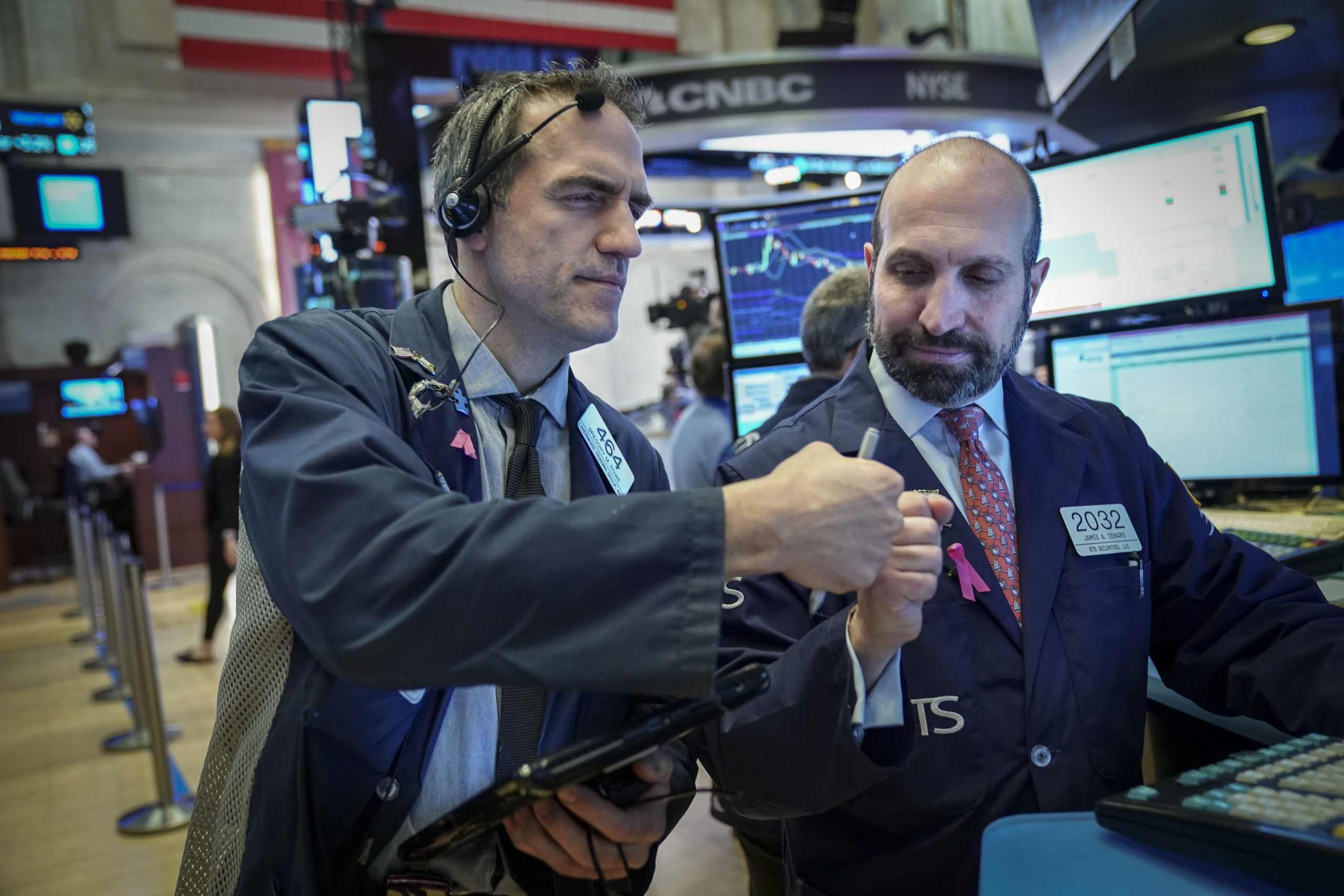Traders and financial professionals work on the floor of the New York Stock Exchange (NYSE) ahead of the opening bell, January 4, 2019 in New York City.
Drew Angerer | Getty Images
It is May, but this year don’t sell and get out just yet.
The “Best Six Months” strategy has become legendary on Wall Street. “Sell in May and go away” means investing in the Dow Jones Industrial Average between Nov. 1 and April 30 and switching into fixed income for the other six months. This has dramatically outperformed owning the Dow Industrials from May 1 to Oct. 31.
While the outperformance has not been as strong recently — the Dow has been up between May and November in 5 of the last 6 years — the overall strategy remains one of the greatest mechanical trading models ever devised.
An investor putting $10,000 into the S&P 500 between May 1 and Oct. 31, 1950 to the present would have $4,138, an astonishing loss of $5,862.
An investor putting $10,000 into the S&P 500 from Nov. 1 to April 20 over the same time period would have a gain of $2,836,350.
That is not a typo. We are talking about a gain of $2,836,350, versus a loss of $5,862.
“Thus far we have failed to find a similar trading strategy that even comes close over the past six decades,” said Jeffrey Hirsch, who runs Stock Trader’s Almanac. His father, Yale Hirsch, discovered this “Best Six Months” strategy back in 1986.
What could possibly account for this outperformance? First, there are still clear seasonal trends in market trading, particularly around the summer.
“It falls during a time when traders and investors prefer the golf course, beach, or pool to the trading floor or computer screen,” Hirsch said. “Trading volume can decline throughout the summer and then, in September, there’s back-to-school, back-to-work, and end-of-third-quarter portfolio window dressing that has caused stocks to sell off in September, making it the worst month of the year on average.”
October is also a traditionally a poor month for stocks, which Hirsch partially attributes to the Oct. 31 mutual fund deadline. The Tax Reform Act of 1986 mandated that Oct. 31 was the cut-off date for mutual funds to realize capital gains and losses.
Once the fourth quarter comes around, Hirsch says end-of-the-year strategies drive stocks.
“Institutions’ efforts in the fourth quarter to beef up their numbers can help drive the market higher, as does holiday shopping and an influx of year-end bonus money,” he said. “This is followed by the New Year, which can tend to bring a positive ‘new-leaf’ mentality to forecasts and predictions and the anticipation of strong fourth- and first-quarter earnings and drives the market higher into the second quarter.”
As he has many times in the past, Hirsch emphasizes that “sell in May” does not necessarily mean May will be down, or that the six-month period will be down.
“We are not the ‘sell in May’ people, we are the ‘reposition in May’ people,'” he said. “The point is that most of the market’s gains occur November through April and that the market tends to drift sideways and is more prone to sell-offs and bears May-October.”
Hirsch, in fact, is fairly bullish about the short-term prospects for the market. “The market will most likely drift higher on the bullish GDP, earnings backdrop and the dovish Fed,” Hirsch said. “Plus it’s the preelection year, and that is the best of the four-year cycle up 15.8% for DJIA and 28.8%.”


 Signal2forex.com - Best Forex robots and signals
Signal2forex.com - Best Forex robots and signals




